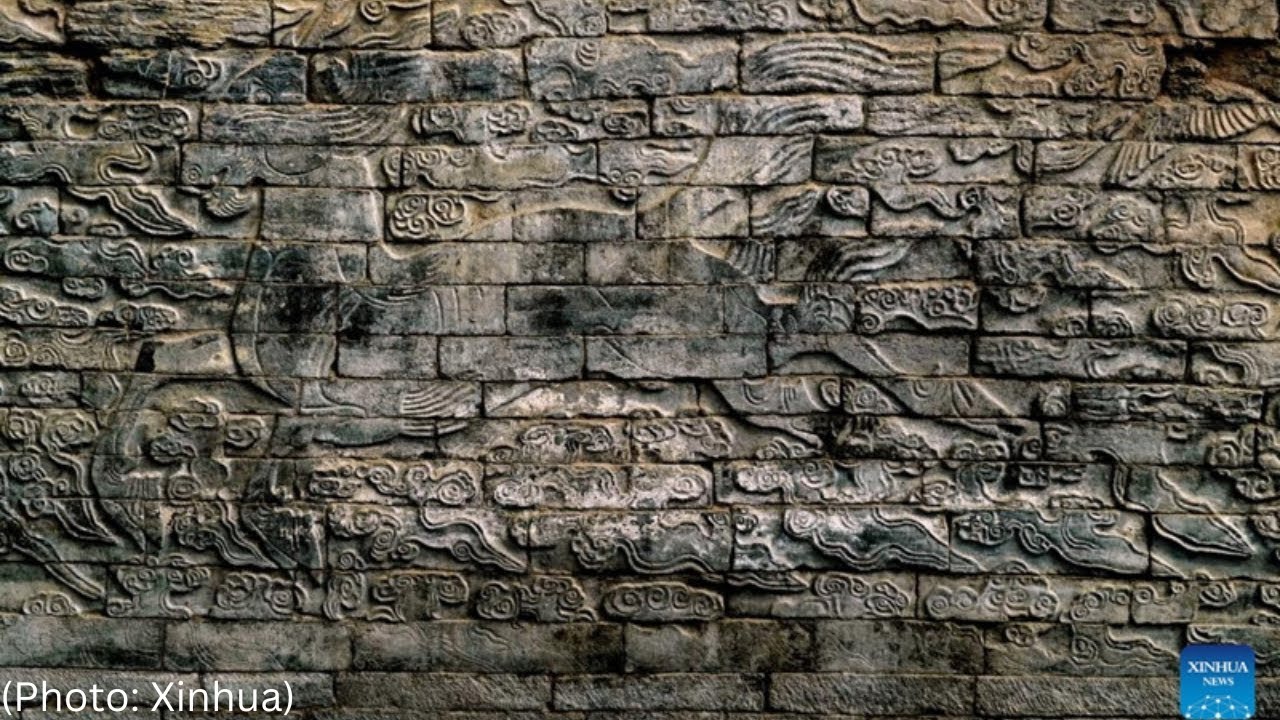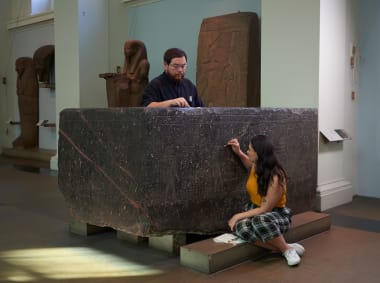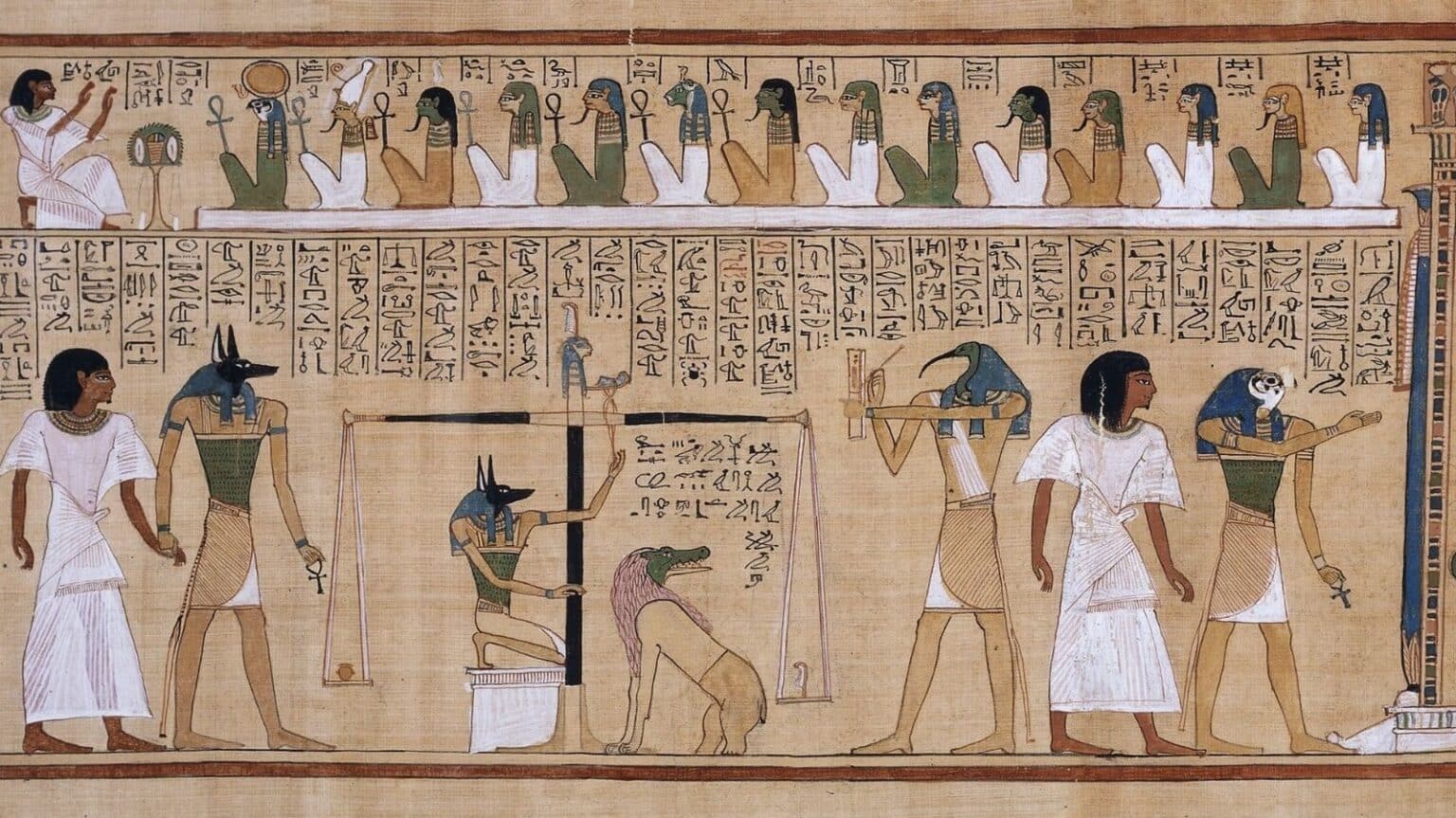By- G Brinda
Every generation is subject to the strong attraction of ancient Egypt, which refuses to fade into obscurity. One of the world’s oldest writing systems is hieroglyphics.
Throughout all of ancient Egypt, this script was employed to depict things and living things including people, animals, and plants. But the meaning of this pictorial language remained a mystery until 1799 when the accidental discovery of an item in an Egyptian fort gave the key to its decipherment. Much of what we now take for granted about this world of pyramids, mummies, and tombs were veiled in secrecy for centuries till French soldiers discovered a broken slab of an inscribed stone in 1799.
Each generation’s creativity is strongly influenced by ancient Egypt because it refuses to be buried in the past. Following the development of hieroglyphics as they influenced new languages, influenced societies around the world, and, after being decoded, revealed a wealth of information about ancient Egyptian culture.
Regulski believed that many scholars at the time didn’t care who would be the first as long as this was accomplished because there was anticipation that it would reveal a wealth of knowledge about ancient Egypt, which was proven to be true.

History Of The Magnificent Stone
Three distinct old scripts could be seen on the relic. The stone, which was discovered in Egypt’s Rosetta, now known as El-Rashid, while Napoleon’s army was laying the fort’s foundations, held the key to unlocking the mysteries of one of the world’s oldest civilizations by deciphering hieroglyphic writing.
Even though Renaissance travelers and medieval Arab experts had long been fascinated by the neat images and symbols carved into stone and painted on papyrus scrolls seen in temples along the Nile, no one back then could understand them.
Even the troops were quick to realize the significance of the etched slab, according to Egyptologist Ilona Regulski. She is the curator of a brand-new show at The British Museum in London that looks at the battle to decipher the Rosetta Stone and commemorates the achievement’s 200th anniversary.
The slab of granodiorite, a dark, granite-like stone that was carried to Britain by British forces as part of Napoleon’s defeat in the area, arrived at The British Museum in 1802 after being shipped there by British forces. In an early attempt at crowdsourcing, casts were created and distributed to Egyptologists all around Europe. Since that time, the British Museum has featured the slab known as the Rosetta Stone. The single breach occurred during the First World War, after which the object was buried for two years for security reasons.
No one could yet decipher the characters on the stone at the beginning of the 19th century, unlike those on papyrus scrolls discovered in temples along the Nile. Inscriptions from ancient Egypt were being decoded by researchers all over Europe.
Every European nation possessed a duplicate of the stone for two years following its discovery. Additionally, scientists deliberately distributed the text since everyone wished to hasten this process. Regulski believed that many scientists at the time were not concerned about being the first. Because there was a hope that it would provide a wealth of knowledge regarding Ancient Egypt, which proved to be true, as stated by Regulski.

The Search To Identify and Associate
Experts needed two decades to identify the old texts. A young Frenchman by the name of Jean-Francois Champollion made a significant discovery when, in September 1822, after repeatedly resolving to give up on this endeavor, he was able to comprehend the nature of these inscriptions and establish that this is a phonetic language.
He understood that the system is a hybrid or mixed one rather than only an alphabetical one. There are signs made up of whole words and signs made up of individual letters. Additionally, the entire system functions. He does manage to grasp this, says Regulski.
To decipher the old alphabet, however, required 20 years of diversions down linguistic dead ends – an eternity in the era of Google translate.
The fractured stone has three scripts written in two languages: 14 formal hieroglyphic lines, 32 lines of demotic writing (the simplified, everyday handwriting used in ancient Egypt), and 54 lines of ancient Greek, the only one of the three languages understood at the time. To commemorate the first anniversary of the coronation of 13-year-old Ptolemy V Epiphanes, a council of monks issued the inscription in 196 BC.

Dr. Thomas Young showed that in addition to ideographic signs, this component also included noises (phrases or concepts). He wasn’t persuaded that the hieroglyphics contained any phonetic information, though.
Since 1802, The British Museum has had The Rosetta Stone on display, with the exception of one two-year interruption during World War I when it was housed underground for security. The anniversary of its decipherment has prompted new requests for its return from Egyptian academics. Regulski clarified that the museum has not received any official requests from Egypt.
The exhibition also highlights the swagger of the culture revealed by hieroglyphics, including the reasons for and methods of mummification, sophisticated time-keeping, and measurement systems, as well as the ways in which unusual people interacted with one another, got married, got divorced, kept records, and conducted business.













